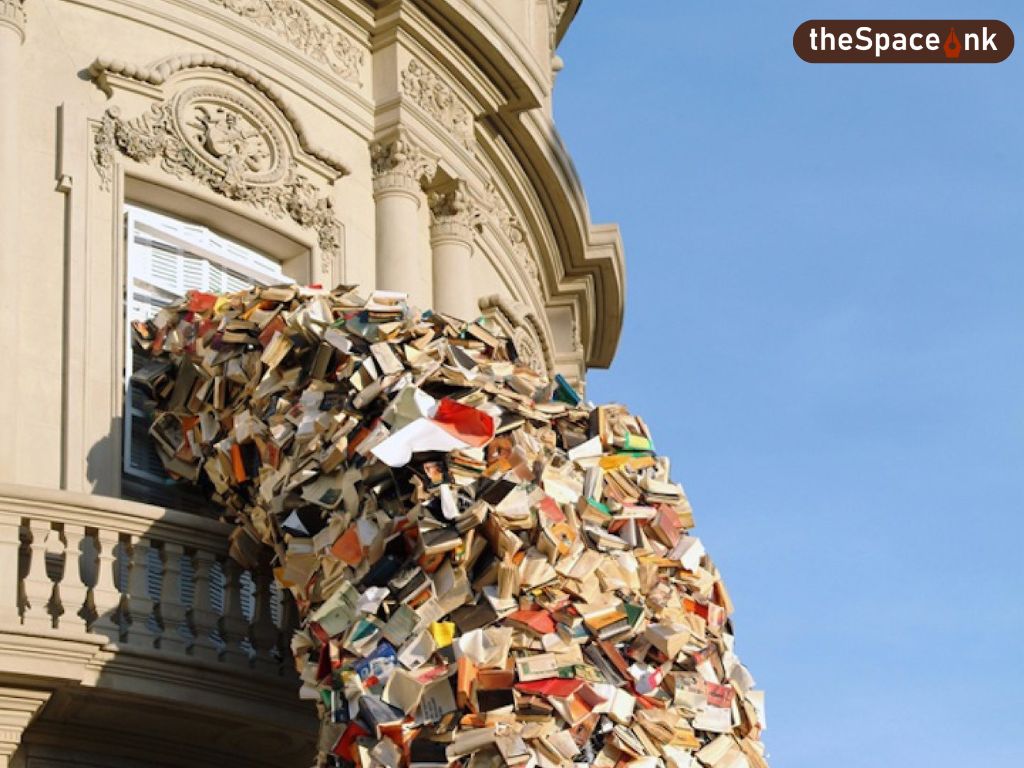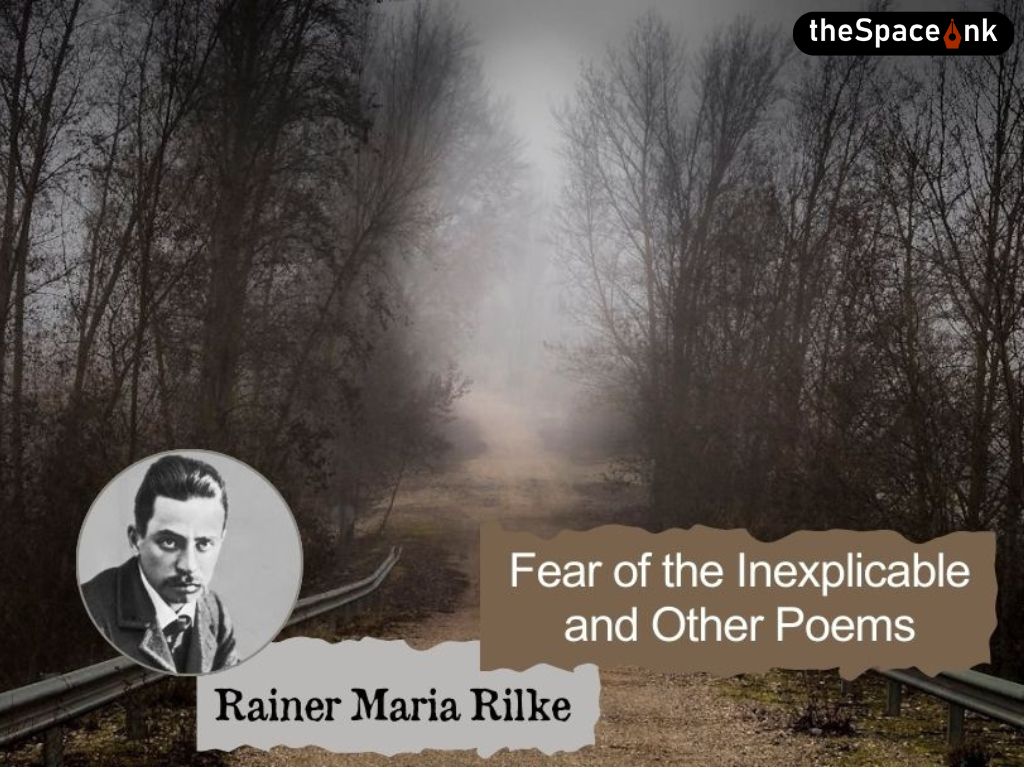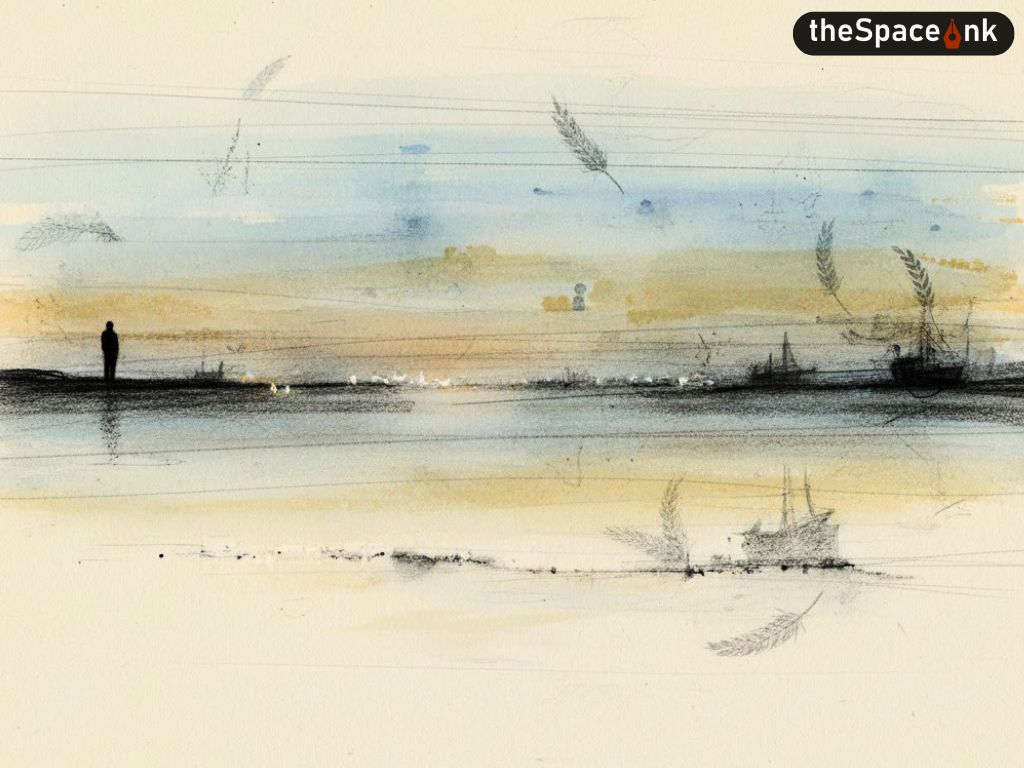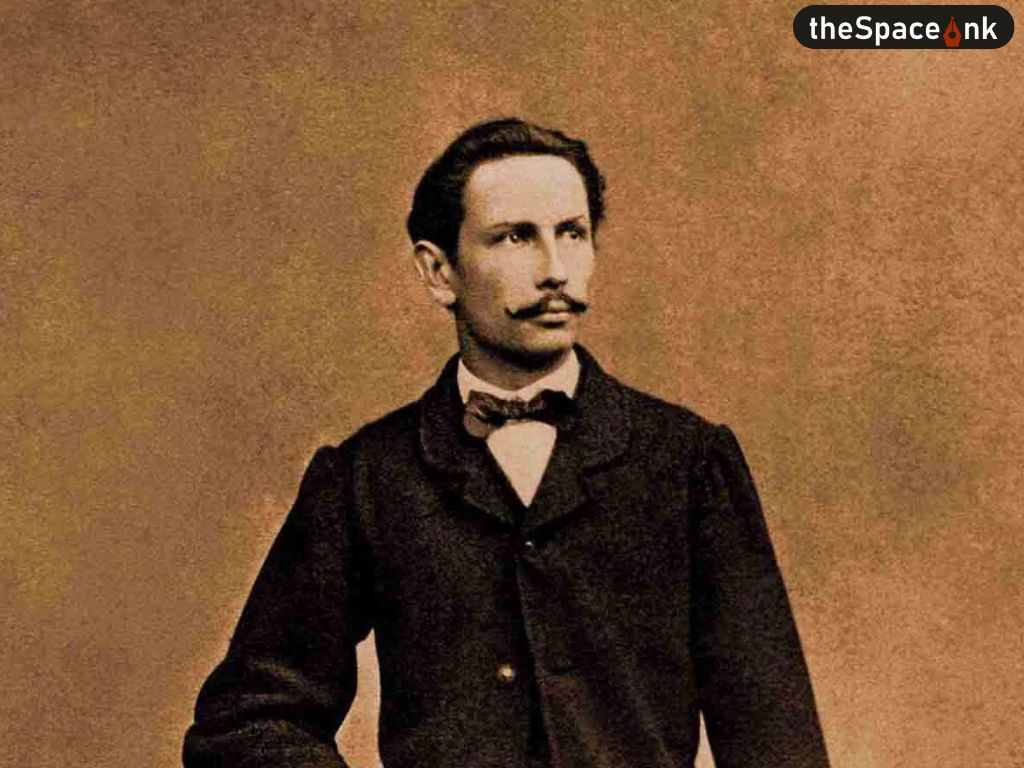(Book Sculpture)
Last year, wandering the cobbled-stoned streets of Prague, I walked straight into a hole. Not metaphorically—literally. A hole in the middle of the Municipal Library. A spiral tunnel made entirely of books, rising and falling like some literary black hole. It was called Idiom. Aptly so. This strange tower, built from 8,000 real books, is dizzying. Peer inside and you’ll see infinity staring back. (Book Sculpture)
I stood there—Městská knihovna v Praze, a bewildered Alice at the mouth of a textual Wonderland. I circled it, like a curious cat inspecting a strange new contraption. I leaned in, half-expecting to hear whispers from the papered abyss. And it was then, somewhere in the echoing stillness near the sculpture’s heart, that I overheard the sigh of a fellow tourist, a pronouncement laced with a certain pragmatic melancholy: “So many books wasted.” (Book Sculpture)
Also Read: The Butcher Who Taught a Monk
“Wasted?” The word snagged in my consciousness like a misplaced bookmark.
It’s true, of course: the sculpture, in its spiraling glory, incorporates around 8,000 individual books. That’s a hefty stack, enough to populate the shelves of a cozy, independent bookstore, the kind with the comforting smell of aged paper and brewing coffee. But here’s the deliciously thorny question that wormed its way into my thoughts: what precisely constitutes “waste” when we speak of books? Is it the silent slumber of unread pages? Is it the slow, insidious creep of mildew in damp basements, turning narratives into illegible mush? Or could it be, perhaps, the audacious act of granting them a vibrant second life, a radical transformation into something altogether new and thought-provoking? (Book Sculpture)
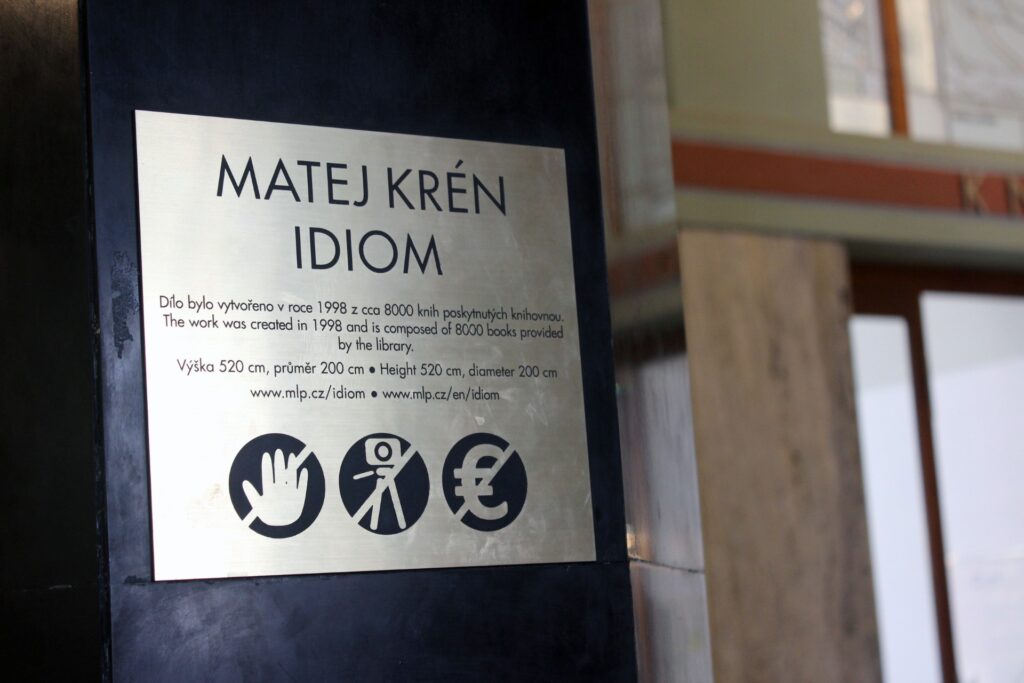
This riddle, this whisper of “waste,” sets my mental gears whirring with the insistent hum of curiosity. And as often happens when one stumbles upon a fascinating oddity, a cascade of related inquiries began to flood my brain. How many newborn books enter the world each year? What are the annual literary birth rates in the bustling bibliospheres of India, America, or England? How many volumes reside within the towering fortresses of knowledge that are the world’s greatest libraries? (Book Sculpture)
Tangled amongst these practical questions, a more whimsical, almost existential query bubbled to the surface: how many books, in total, grace this pale blue dot we call Earth? Has any intrepid soul ever dared to undertake the Sisyphean task of counting them all, tallying every tale spun and every fact recorded?
“In the United States alone, approximately 300,000 new books emerge from traditional publishing houses each year.”
The book sculpture named Idiom, in its spiraling, seemingly infinite nature, truly acted as a catalyst, an artistic black hole sucking in my curiosity and spitting out a torrent of questions. Thankfully, these weren’t queries demanding a deep dive into the quantum physics syllabus. My journey began with the humble click of an online search, a digital trail leading me through a labyrinth of references. (Book Sculpture)
Taking these digital whispers as my guide, I embarked on a renewed exploration of the world of books, but this time, not through the lens of literary analysis or the appreciation of prose and poetry. Instead, I found myself immersed in the surprisingly captivating realm of book statistics, the comforting (or perhaps slightly unsettling) world of book numbers. (Book Sculpture)
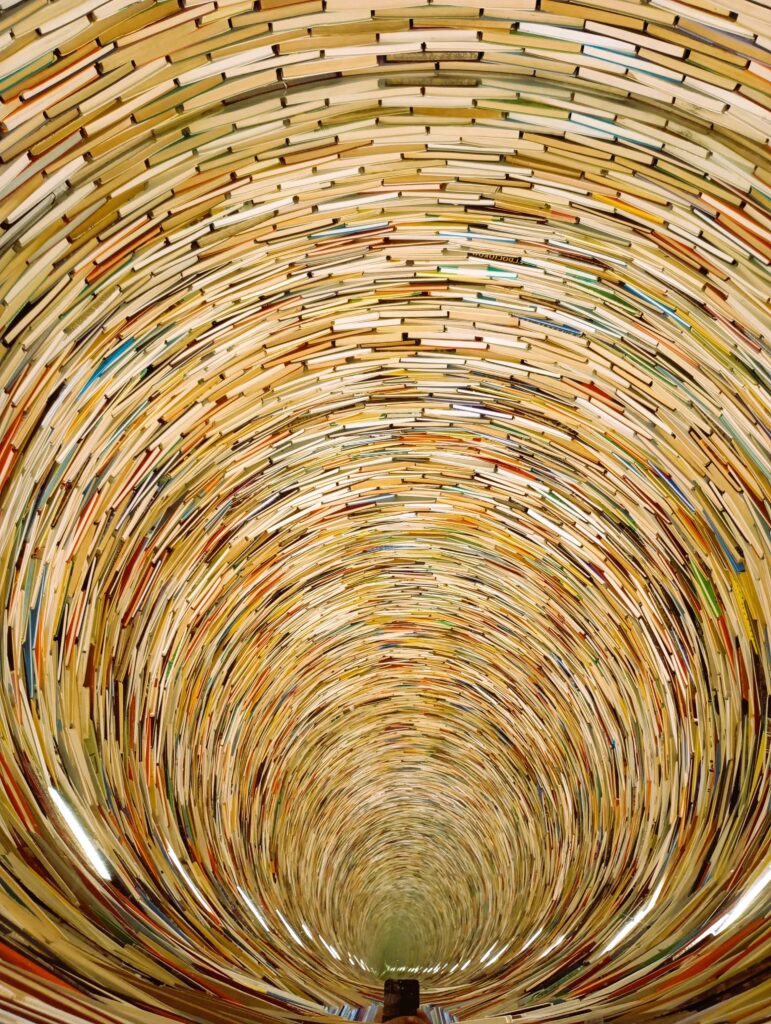
Let’s munch those numbers. I know, many of us dislike stats, but for book lovers, I assure you this won’t be a burden.
In the United States alone, approximately 300,000 new books emerge from traditional publishing houses each year. Also, in a burgeoning world of self-publishing, where authors take the reins of their own literary destinies, that number grows dramatically, confidently crossing the one million marks. (Book Sculpture)
“Across the globe, the Shanghai Library in China safeguards a colossal 56 million items, a significant portion of which are books.”
India, a vibrant and multilingual literary powerhouse, proudly stands as the third-largest publisher of English language books, contributing nearly 100,000 new titles to the global bookshelf annually. And the United Kingdom, steeped in literary tradition, holds its own with a respectable output of roughly 180,000 new titles each year. It’s a veritable deluge of words! (Book Sculpture)
Now, let’s step through the grand porticos of the world’s leading libraries, those majestic repositories of accumulated knowledge. The Library of Congress in the United States, a veritable behemoth of information, boasts a collection exceeding 170 million items, within which reside a staggering 39 million books, a veritable mountain range of narratives and knowledge. The British Library, its venerable counterpart across the Atlantic, holds a similarly impressive number of items, hovering around the 170 million marks, including a formidable 25 million books. (Book Sculpture)
Also Read: The Disappearance of Agatha Christie: A Mystery More Intriguing Than Her Novels
Across the globe, the Shanghai Library in China safeguards a colossal 56 million items, a significant portion of which are books. The New York Public Library, a cultural cornerstone of the bustling metropolis, houses over 55 million items, with a substantial 20+ million books ready to be discovered. And in the heart of Moscow, the Russian State Library’s shelves carry the weight of 47 million items, including a respectable 17 million books. (Book Sculpture)
Closer to our own corner of the world, a record from the past decade indicates that The National Library of India in Kolkata, a treasure trove of national heritage, houses a collection exceeding 2.5 million books, records, and other invaluable materials. One can almost hear the rustling of countless pages whispering their secrets. (Book Sculpture)
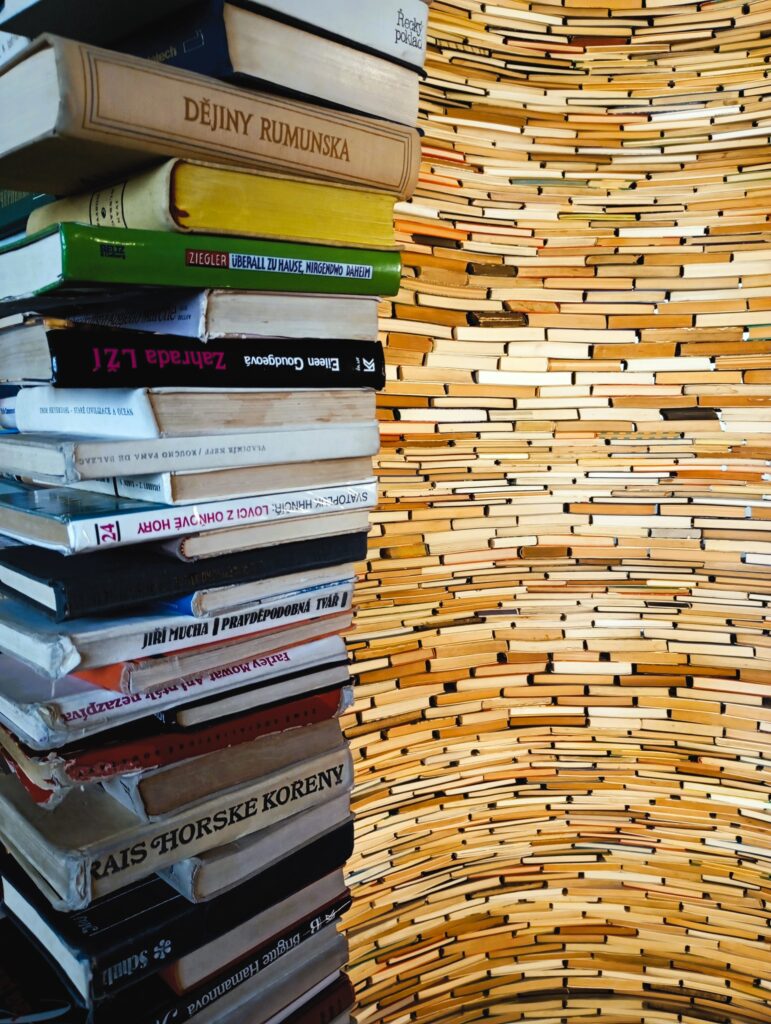
And now for the truly wired question, the one that tickles the philosophical bone: how many books, in their myriad forms and languages, exist on our planet? Has any brave soul ever attempted this monumental census of human storytelling?
To answer the second part first, yes, indeed, someone did! In 2010, Google Books embarked on a Herculean project to estimate the total number of unique book titles gracing our world. Through analizying metadata gleaned from a vast array of sources, including libraries and cataloging organizations across the globe, they arrived at the astonishing figure of approximately 129,864,880 unique book titles. Their algorithms worked to sift through the digital haystack, weeding out duplicates, various editions of the same work, and translations, striving for a count of distinct intellectual creations.
“One hundred and seventy million books — it’s a number so vast that it almost loses meaning, yet it represents something profoundly human: the collective mind-soul of our species captured in paper and ink (and increasingly, in digital code).”
While this endeavor represented a truly significant effort to quantify the immense body of published material, the reality is that the number of books in the world is not a static figure; it’s a constantly swelling tide. Recent estimates from 2024, factoring in the relentless march of new publications each year, suggest that the number of unique book titles could now be closer to a staggering 170 million. This answers our first, almost existential question with a resounding numerical punch. This ongoing increase serves as a potent reminder of the dynamic and ever-evolving nature of humanity’s literary output, a testament to our insatiable urge to tell stories, share knowledge, and record our fleeting existence. (Book Sculpture)
A scene from Satyajit Ray’s brilliant 1980 Bengali film, Hirak Rajar Deshe. In it, a corrupt education minister proclaims: “There is no end to knowledge, so the attempt to know is futile.”
One hundred and seventy million books — it’s a number so vast that it almost loses meaning, yet it represents something profoundly human: the collective mind-soul of our species captured in paper and ink (and increasingly, in digital code). Every passionate romance, every brutal war chronicled, every obscure footnote detailing the habits of Patagonia beetle… all floating out there in the great, sprawling, planetary library. If extraterrestrial visitors ever decide to judge us based on our literary output, one can only hope they stumble upon the right volume, perhaps something witty and insightful, rather than a handbook of space science.
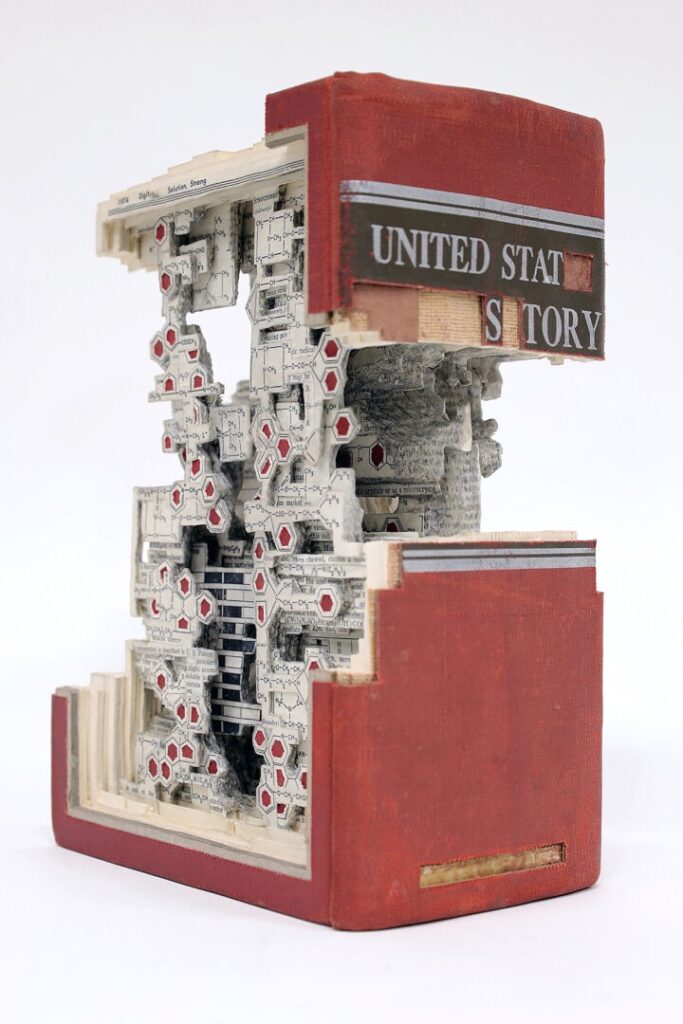
And just consider this mind-boggling thought experiment: even at the breakneck pace of reading one book every single day, it would take an individual approximately 465,753 years to devour them all. That’s assuming the reader doesn’t stop for chai, bathroom breaks, or the understandable urge to occasionally set aside something as challenging as Ulysses. (Book Sculpture)
And if one were to aspire to conquer a slightly smaller, though still formidable, collection, say that of The Vatican Library, which holds an estimated 1.6 million printed books, the task would still consume a mere four thousand, three hundred and eighty years and roughly 204 days of continuous reading. Suddenly, that looming deadline for planetary book club doesn’t seem quite so pressing, does it? And we’d still miss the sequels.
Also Read: The Tree that Grants Wishes
Seeing these gigantic figures, these dizzying enumerations of human expression, immediately triggered a memory, a scene from Satyajit Ray’s brilliant 1980 Bengali film, Hirak Rajar Deshe. In it, a corrupt education minister proclaims: “There is no end to knowledge, so the attempt to know is futile.” A sentiment that, in its cynical absurdity, echoes the feeling of being utterly dwarfed by the sheer volume of the world’s literary output. Or perhaps it suggests the more contemplative quote widely attributed to Voltaire: “The more I read, the more I acquire, the more certain I am that I know nothing.” Both perspectives, in their own way, grapple with the overwhelming vastness of the knowledge that surrounds us. (Book Sculpture)
To look inside Idiom is to feel both lost and held by books at once. Against the backdrop of 170 million volumes, its eight thousand titles are not destruction but transformation — a quiet spiral into possibility. And yet, Idiom is only the beginning. Across the world, artists have been turning books into landscapes, waterfalls, and living myths. That is where the journey continues.
Photo Courtesy: Author, Arts In the City.Com, briandettmer.com
Pijus Ash is a freelance journalist with over two decades of experience. An avid reader by nature, he likes to pursue independent research. In addition to his passion for reading, Pijus enjoys traveling and frequently embarks on backpacking.


